What Is Souring Of Fruit: How To Fix Sour Fruit Problems
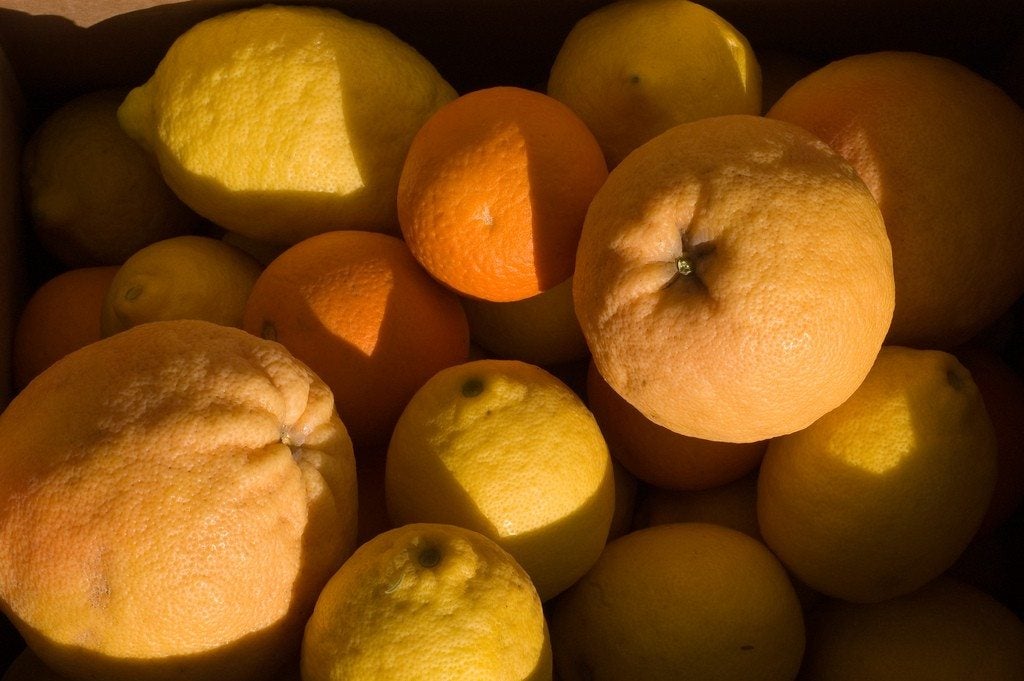

Fruit growing can be a magical experience-- after all those years of hard work, training, pruning, and caring for your young fruit tree, it finally bears those perfect fruits you've been dreaming of for many seasons. Sadly, not all fruit fantasies have a happy ending; sometimes they end with the souring of fruit, an unpleasant condition that will leave a bad taste in any gardener's mouth.
What is Souring of Fruit?
Fruit souring in plants is a very common problem and appears frequently in citrus, figs, and grapes. It's caused by a variety of soil-borne yeasts that gain entry through the skins of ripening fruits, where they feed, resulting in the fruit's fermentation. Wounds may be so small that they're difficult to see with the naked eye, but soon water-soaked spots appear and spread across the infected fruit's surface. As the yeasts work through affected fruit, they break down the tissues, which become slimy or almost completely liquid and ooze from the skin. Gas bubbles may erupt from broken areas in the fruit's surface and a white to cream colored layer of mycelium often appears. Affected fruits may change colors, but this color change is heavily dependent on species and variety.
How to Fix Sour Fruit
You can't save fruits already affected with sour rot, but you can work to prevent it in others. Remove any fruit showing signs of sour rot and those fruits nearby, being careful not to squeeze or split them. This may be difficult on grapes, so you may need to remove the entire bunch. Souring of fruit tends to be more severe on plants with tightly clustered fruits. Damage from pest insects like wasps, vinegar flies, and beetles as well as birds and hail, open the skin of fruits, allowing easy access for yeast colonies. Insects may carry spores on their bodies that they inadvertently rub into wounds as they move around on fruit. Controlling this damage is vital to preventing fruit souring in plants. Trapping wasps and flies, or installing a screen house around your troubled plant can reduce the chances of future infection. Opening the canopy more to allow greater air penetration and thinning fruits may improve your chances as well, since yeast have a difficult time surviving in dry environments. There is no chemical control designed with sour rot in mind, but kaolin clay applied to fruits early in their development and reapplied frequently is a known deterrent to vinegar flies.
Gardening tips, videos, info and more delivered right to your inbox!
Sign up for the Gardening Know How newsletter today and receive a free copy of our e-book "How to Grow Delicious Tomatoes".

Kristi Waterworth was a regular contributor to Gardening Know How for many years, answering countless queries on plant pests and diseases.
-
 Get Ready For A Summer Of Hummers! Grow These Full Sun Hummingbird Plants and Flowers
Get Ready For A Summer Of Hummers! Grow These Full Sun Hummingbird Plants and FlowersIf you’re lucky enough to enjoy a sunny backyard, make sure you are maxing out on your pollinator opportunities and grow these full sun hummingbird plants and flowers
By Tonya Barnett
-
 12 Lush Alternatives To A Lawn For Sustainable Spaces
12 Lush Alternatives To A Lawn For Sustainable SpacesAlternatives to a lawn are beautiful and also beneficial to your local ecosystem and its pollinators. Explore our top picks for plants to replace grass.
By Tonya Barnett
-
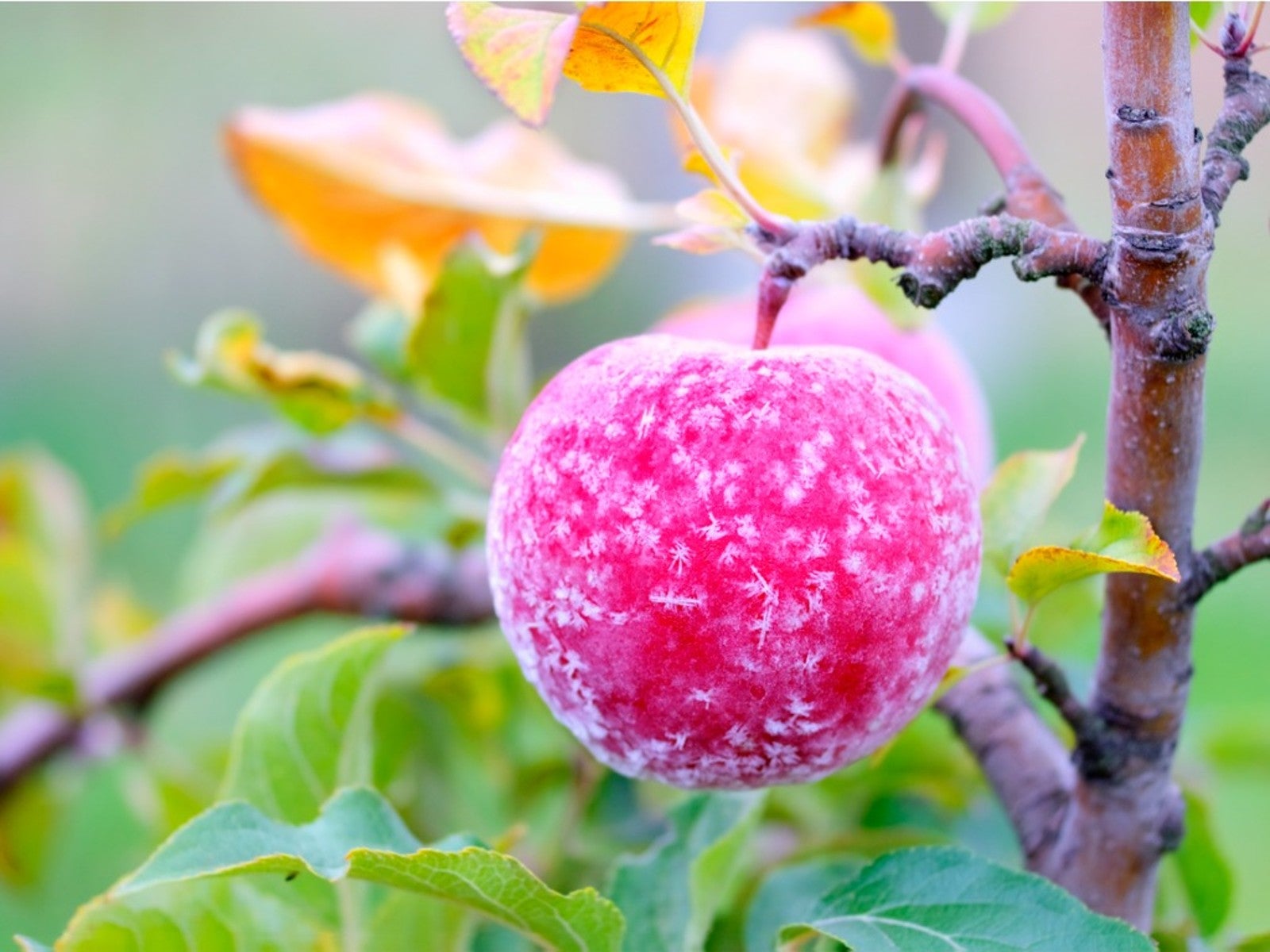 How To Protect Fruit Trees From Frost And Freeze
How To Protect Fruit Trees From Frost And FreezeChoosing fruit trees appropriate for your growing zone is best, but you still may need to protect them from extreme cold. Read how.
By Bonnie L. Grant
-
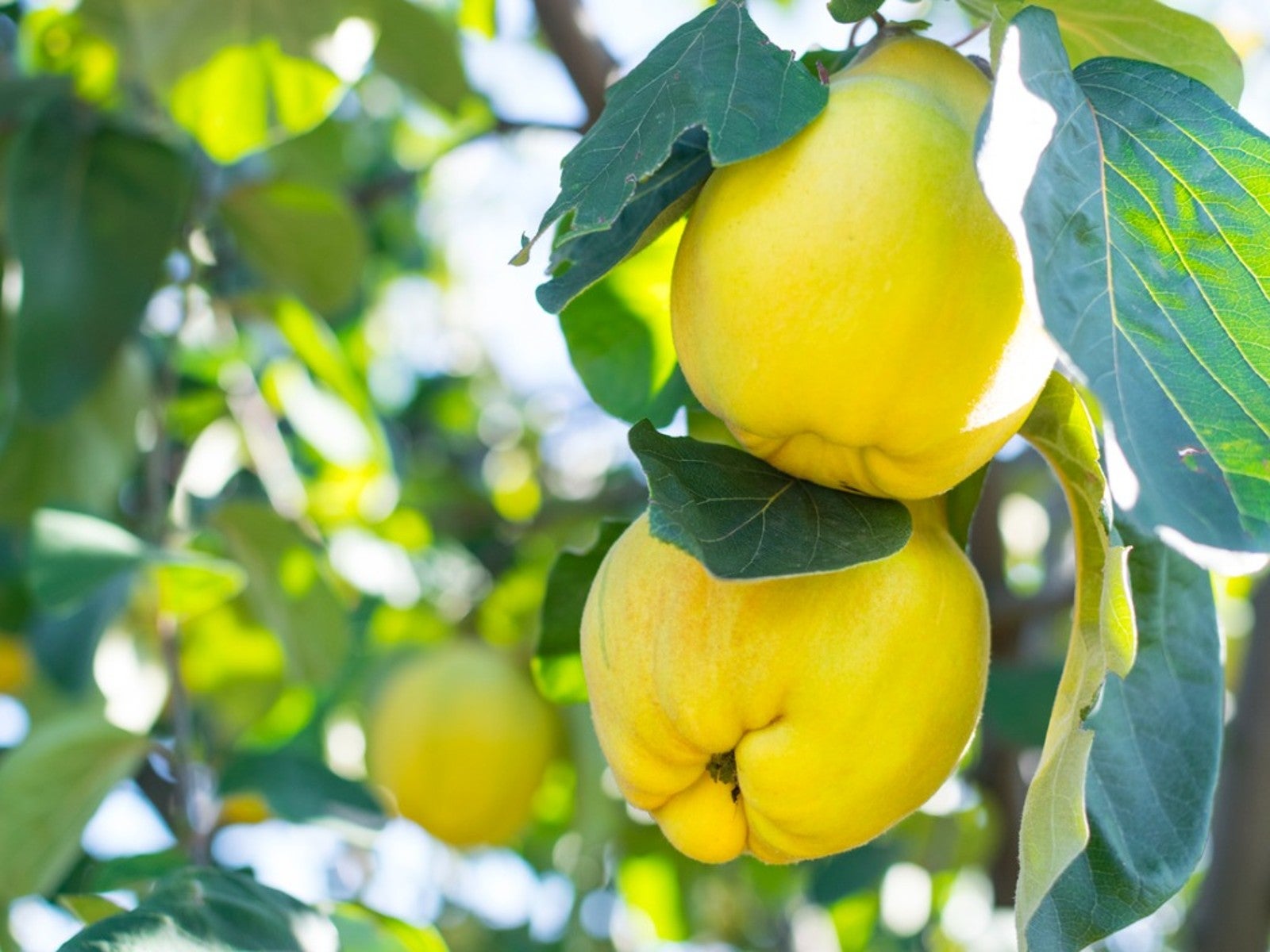 Best Plants For Late Summer and Fall Fruit Harvest
Best Plants For Late Summer and Fall Fruit HarvestEven if you don’t have the optimal conditions for more common fruit trees, there are other end of summer fruits to enjoy.
By Teo Spengler
-
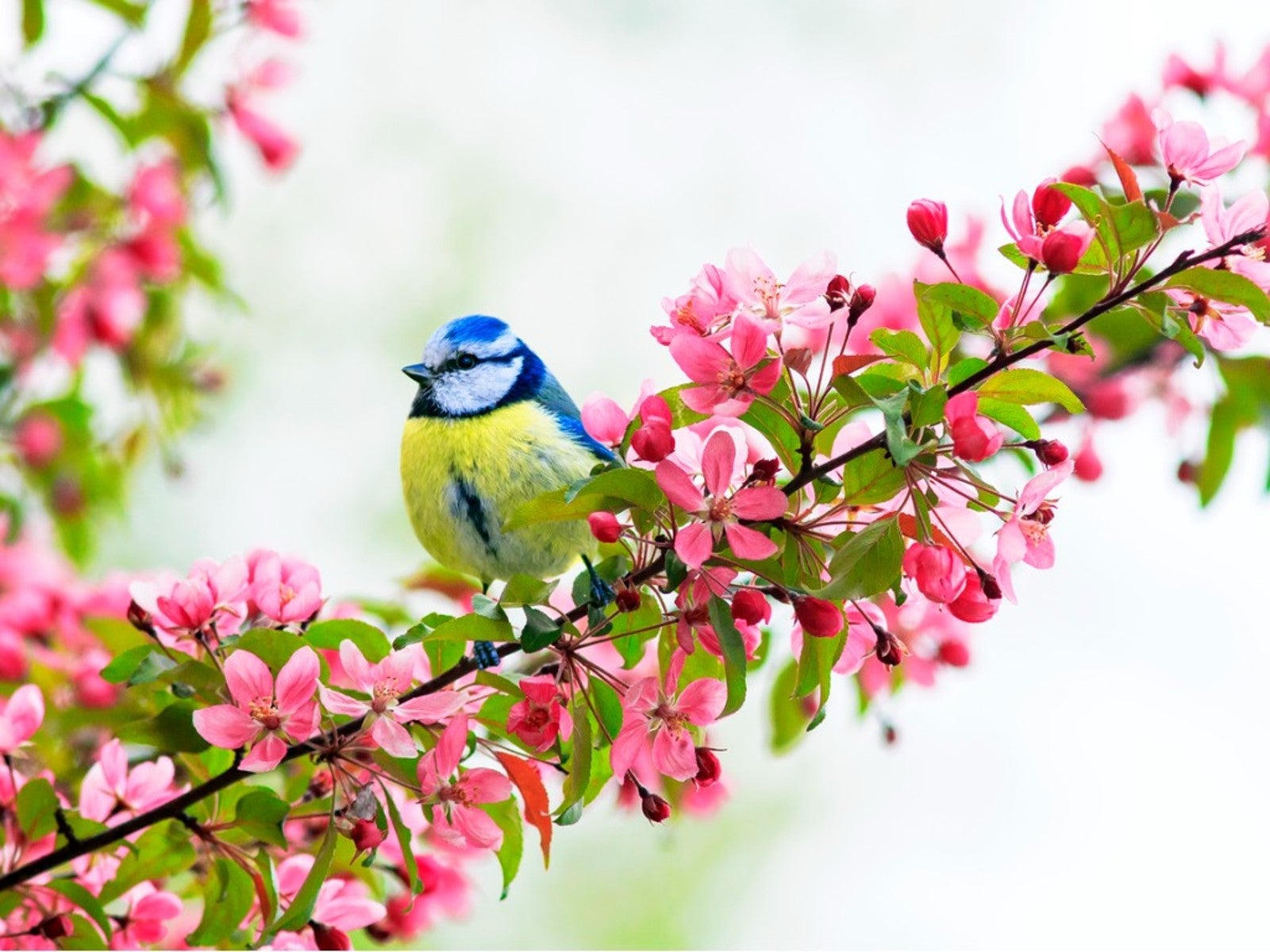 Best Native Fruit Trees To Support Wildlife
Best Native Fruit Trees To Support WildlifeIf you want trees that will attract and feed wildlife, learn the best kinds of edible fruit and nut trees to plant for inviting specific creatures.
By Teo Spengler
-
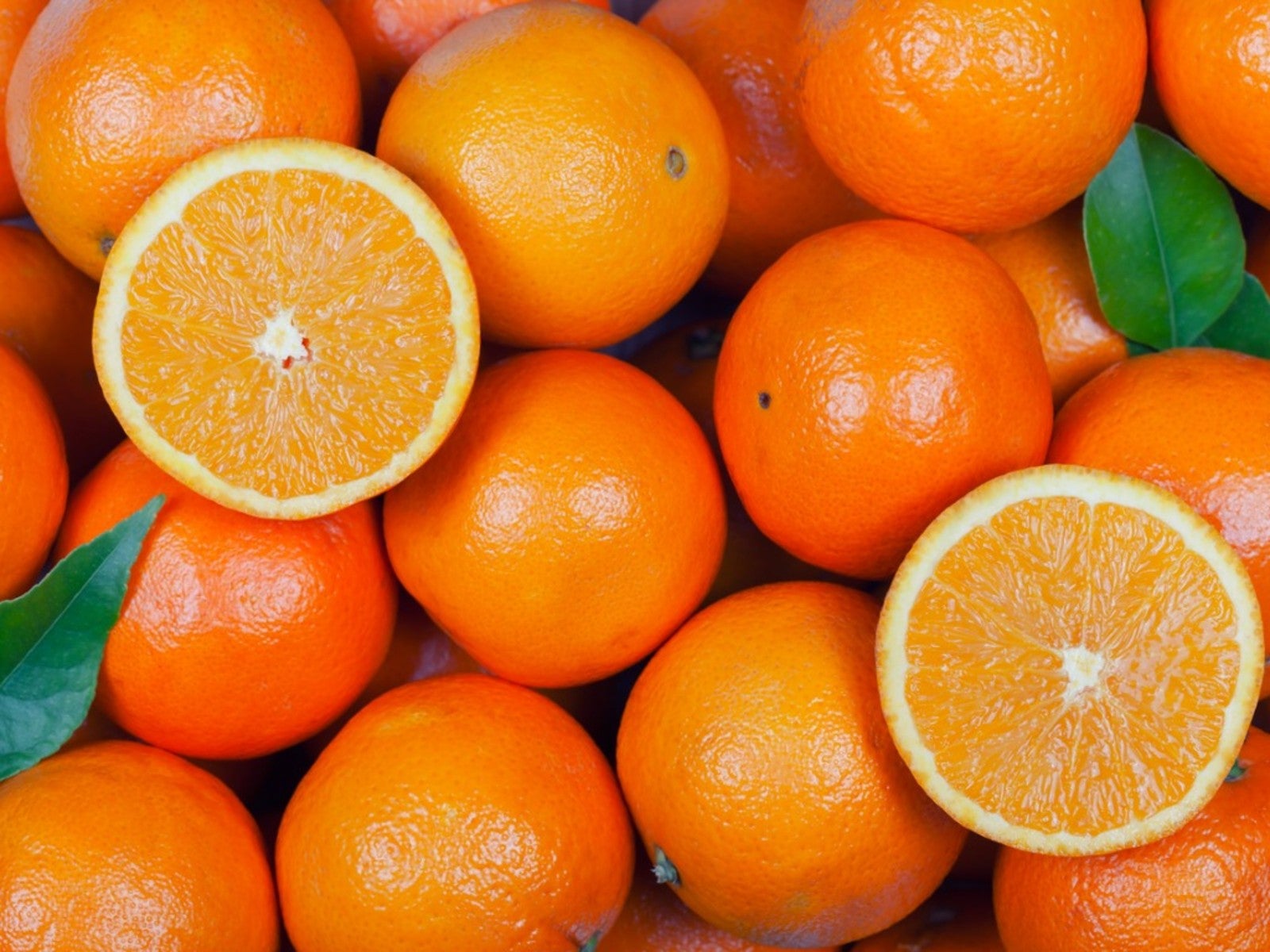 Orange Fruit Varieties: Growing Fruits That Are Orange
Orange Fruit Varieties: Growing Fruits That Are OrangeOrange colored fruit isn’t limited to the citrus orange. There are plenty of other orange colored fruit varieties, each packing a healthful punch. Read on for more.
By Amy Grant
-
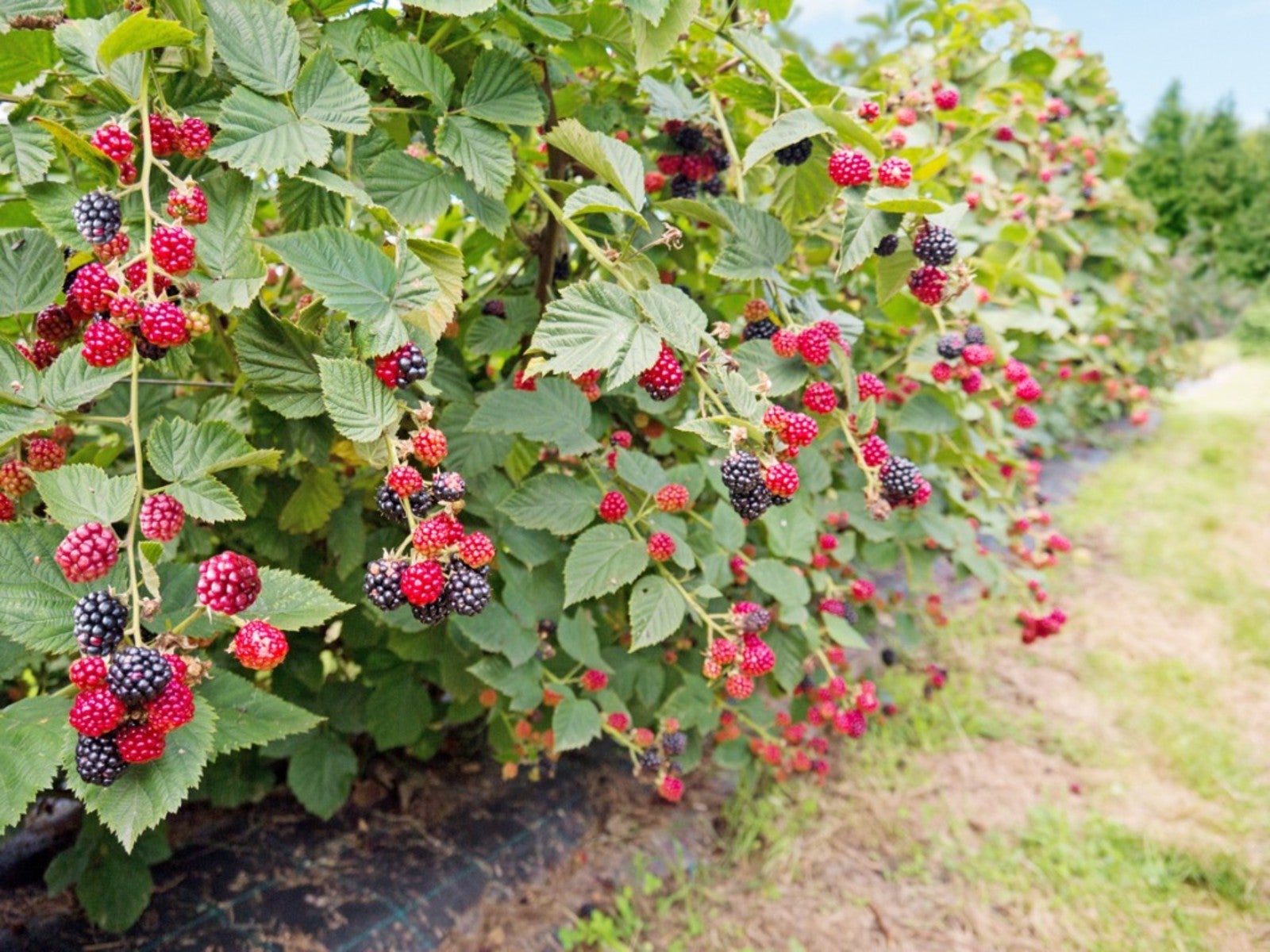 Everbearing Plants: Learn About Everbearing Varieties Of Fruit
Everbearing Plants: Learn About Everbearing Varieties Of FruitWhat does everbearing mean? And more importantly, how do everbearing varieties differ from non-everbearing types? Read on for more.
By Laura Miller
-
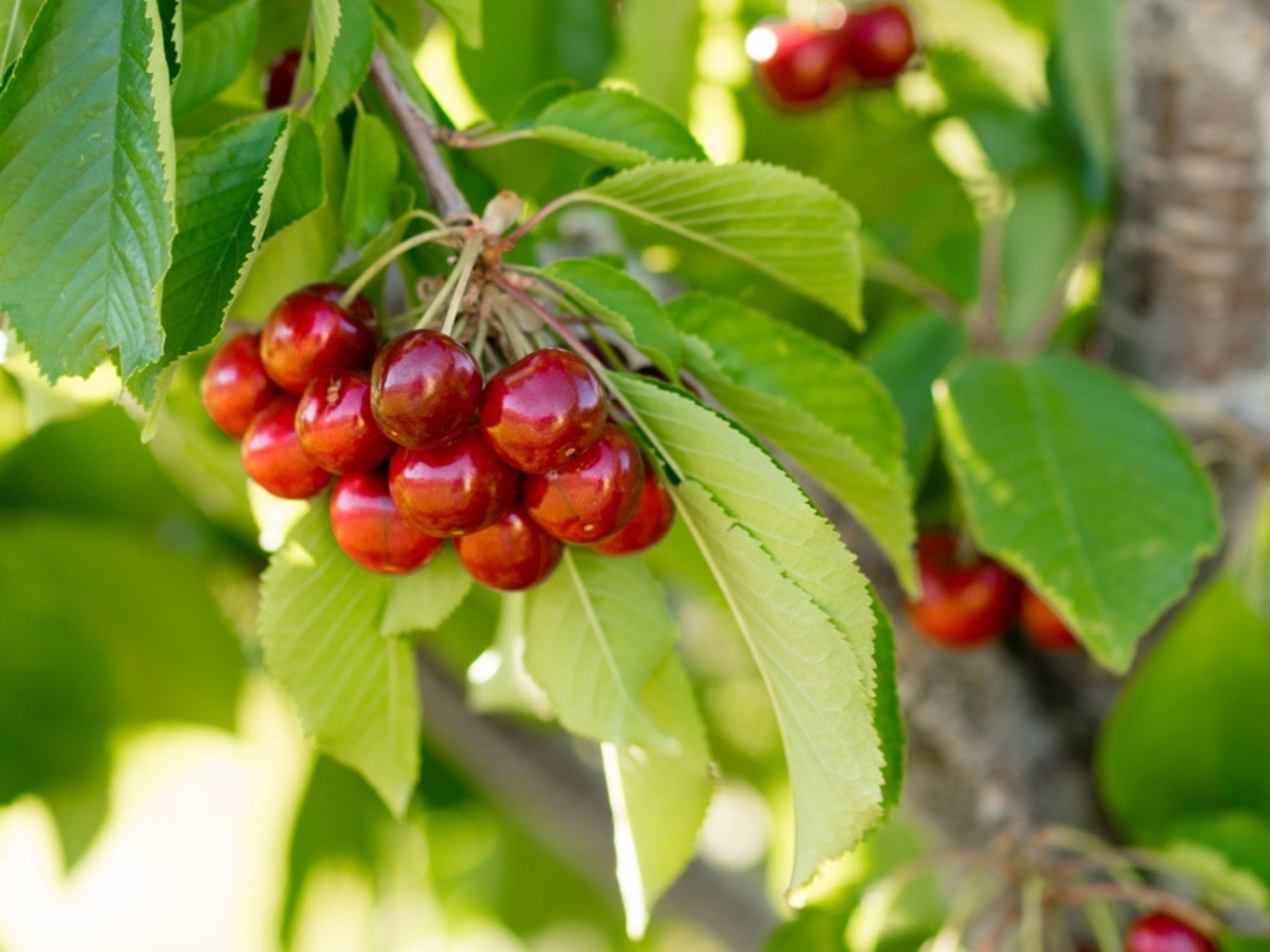 Plant A Red Fruit Garden: Growing Fruits With Red Flesh
Plant A Red Fruit Garden: Growing Fruits With Red FleshPlanting a red fruit garden may seem a bit whimsical. That is, until you realize the health benefits of consuming fruits with red flesh.
By Laura Miller
-
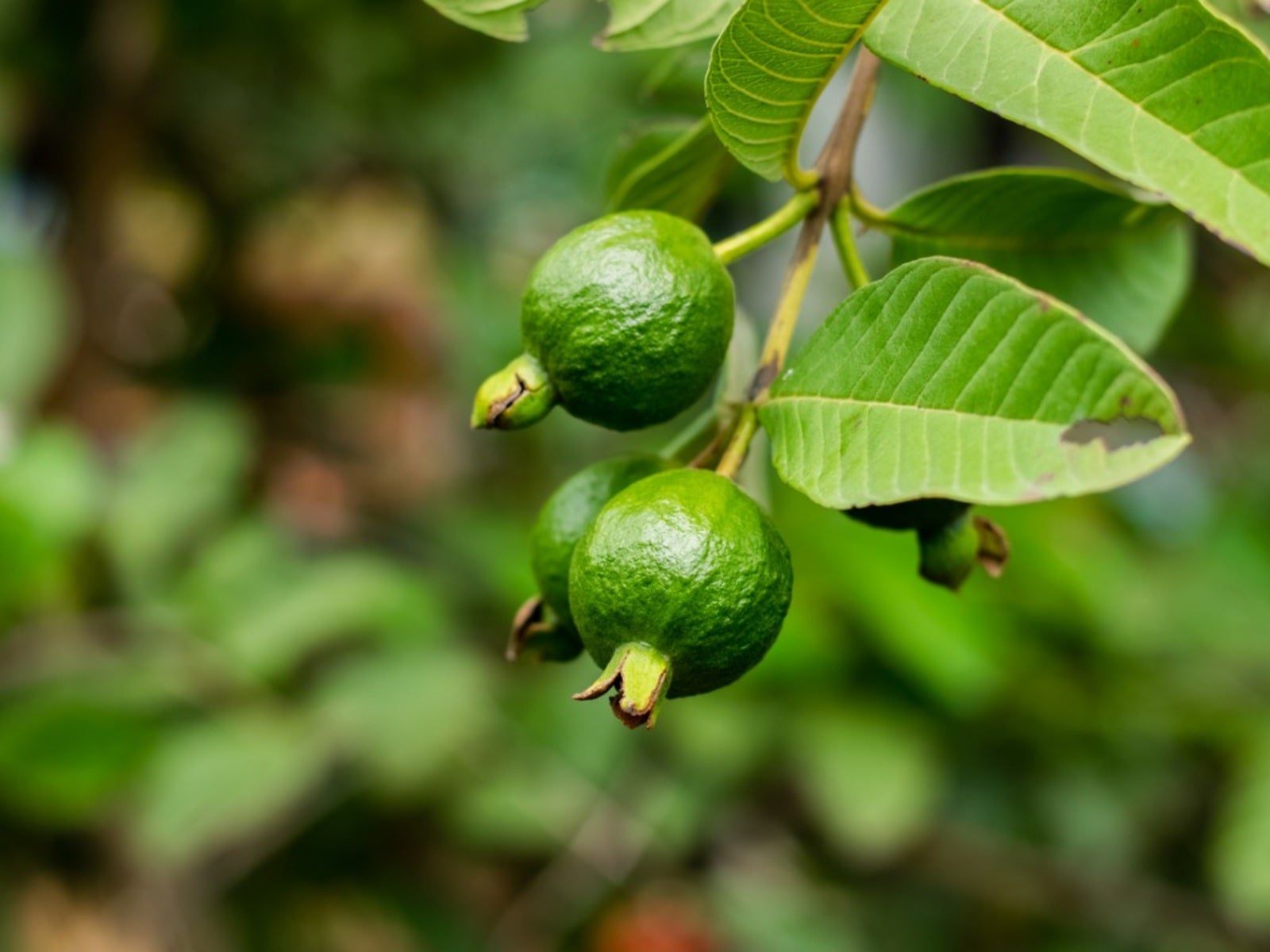 Heat Tolerant Fruits - Growing Fruit In Hot Weather
Heat Tolerant Fruits - Growing Fruit In Hot WeatherSome fruit grows in extreme heat naturally. But there are also specially cultivated, heat-tolerant varieties. For more information on heat tolerant fruits, read on.
By Teo Spengler
-
 Yellow Fruit Varieties - Growing Fruit That Is Yellow
Yellow Fruit Varieties - Growing Fruit That Is YellowWhat fruit is yellow? There's more than the bananas at the supermarket. Try growing yellow fruit for a consistent supply of sunny food.
By Bonnie L. Grant